In July 2020, Nikon announced the Z5, an entry-level full-frame mirrorless model in the FX line-up with a lower price than the Z6 and Z7.
A few months later, the company unveiled the Z6 II, the successor to the original Z6. The upgrade is a small one: the mark II model shares a lot of characteristics with the more affordable Z5. Here is how they compare.
What the Z5 and Z6 II have in common:
- 273 phase detection AF points with 90% coverage
- Eye AF for humans and animals (dogs/cats)
- 5-axis In-body Image Stabilisation (5 stops)
- EVF with 3.69M dots, 0.8x magnification, 60Hz refresh rate and 21mm eyepoint
- 3.5mm microphone input and headphone output
- Design and dimensions (134 x 100.5 x 69.5 mm)
- Weather sealing
- Wifi and Bluetooth connectivity
More Comparison Previews
Z5 vs Z6 II – Z5 vs Z6
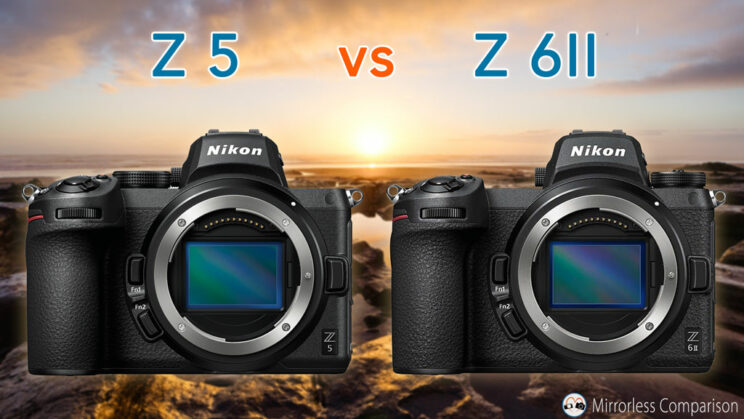
Ethics statement: the following is based on official information. We were not asked to write anything about these products, nor were we provided with any sort of compensation. Within the article, there are affiliate links. If you buy something after clicking the link, we will receive a small commission. To know more about our ethics, you can visit our full disclosure page. Thank you!
1. Image sensor
The Z5 and Z6 II feature a 35mm format sensor (full frame, or FX as Nikon calls it). They have the same resolution of 24MP (24.3 for the Z5, 24.5 for the Z6 II to be precise). You may think the sensors are the same, but there are a few differences.
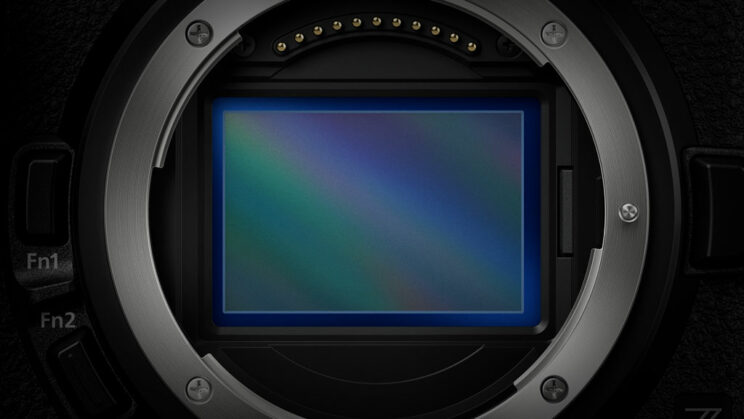
The Z6 II chip has a BSI design (Back-illuminated structure) which has better light gathering in comparison to the Z5 sensor that has a more traditional design. This means that the Z6 II should have slightly better image quality when it comes to dynamic range and high ISO.
The normal ISO range is the same for both: 100 to 51200 ISO. With the extended values, the Z6 II goes one stop higher with a maximum of 204,800 ISO whereas the Z5 stops at 102,400 ISO.
2. Continuous shooting speed
The Z6 II packs two Expeed 6 image processor, whereas the Z5 has only one. The dual engine allows the Z6 II to have extra performance, starting with the drive speed. It can shoot up to 14fps with 12-bit RAW, or 12fps with 14-bit RAW.
The Z5 is much slower by comparison, with a maximum burst of 4.5fps (14-bit or 12-bit RAW).
3. Shutter speed
Both cameras can take photos at a maximum shutter speed of 1/8000s.
For the slowest speed however, the Z6 II can take exposures that are 900s long (15 minutes) when working in Manual mode. For even longer exposures, there is the Bulb mode which is available on both cameras.
4. Autofocus algorithm
Although the two cameras share the same AF system when it comes to phase detection points, the Z6 II has a more advanced version thanks to improved software and the double image processor.
The most significant improvements are the more precise tracking performance and the enhanced Face and Eye detection. For example, Eye AF works in video mode on the Z6 II, including when tracking dogs and cats. You can also select Eye AF with the Wide-Area L mode and not just Auto-Area, or enable it from the iMenu.
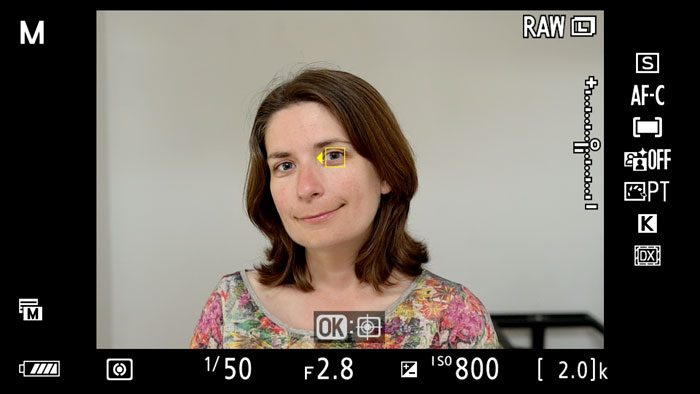
Another advantage for the Z6 II is low light, as the camera is more than two stops sensitive than the Z5:
- Z5: -2Ev, or -3Ev when using Low Light AF
- Z6 II: -4.5Ev, or -6Ev with Low Light AF
5. Video
Both cameras can record 4K video up to 30p but, unfortunately, the Z5 applies a heavy 1.7x crop that severely affects your field of view. The sensor crop is higher than the DX/APS-C mode option in the camera (1.5x).
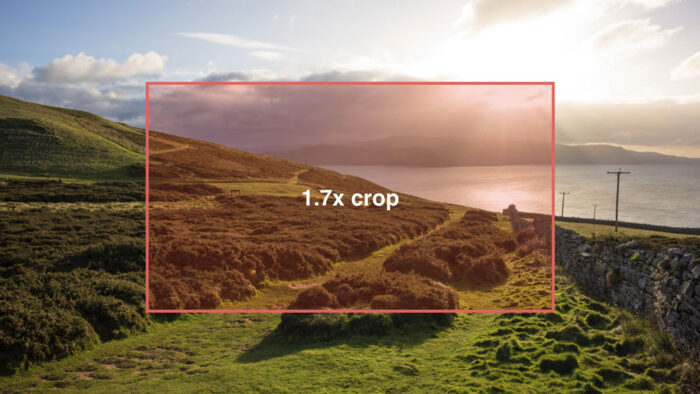
The Z6 II can record 4K using the entire width of the sensor and with oversampling from a 6K region. What’s more, the Z6 II can also record 4K up to 60p but only with a 1.5x crop (firmware 1.10 required).

The reason for the crop is that the Z5 cannot read the entire sensor fast enough to produce the video, probably because the sensor is older and has a slower readout speed than the more modern chip found in the Z6 II.
Another difference is the maximum frame rate in Full HD, which is 60p for the Z5 and 120p for the Z6 II (when using the Slow Motion mode).
Another difference concerns the ISO range, which is reduced for the Z5:
- Z5: 100-25600 ISO
- Z6 II: 100-51200 ISO (up to 204,800 with the extended range)
Finally, the Z6 II has extra capabilities via the HDMI output. Coupled with an external recorder such as the Ninja V or Blackmagic Video Assist, you can record 10-bit 4:2:2 with N-Log or HLG gamma, or output 12-bit RAW (Apple Prores or BlackMagic RAW). Note that the RAW option is a paid upgrade.
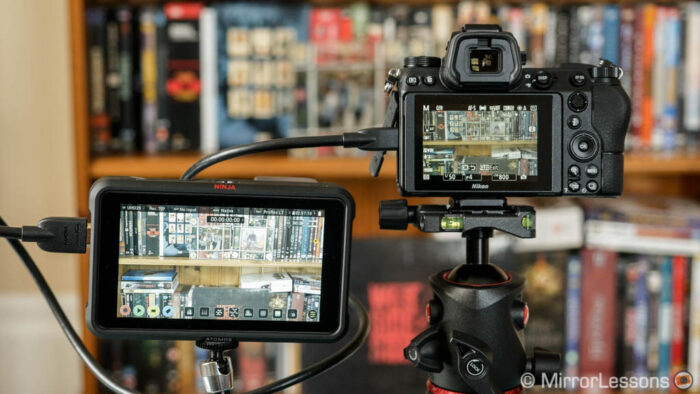
6. Design tidbits
The design of the two cameras is very similar, and they share the same dimensions. The weight is different however, with the Z6 II being a bit heavier (705g vs 675g).
They both share a magnesium alloy build and weather sealing.
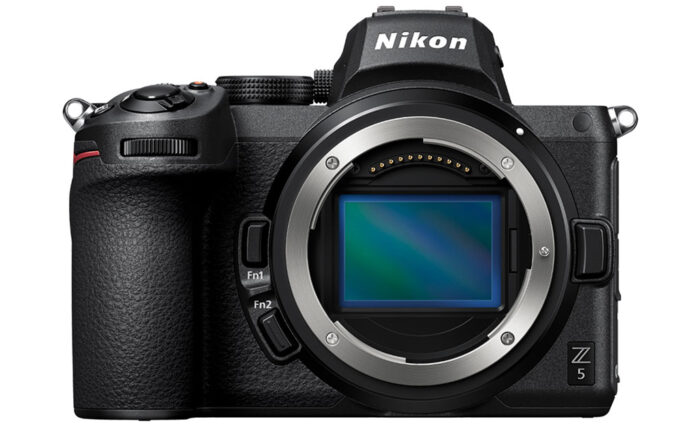
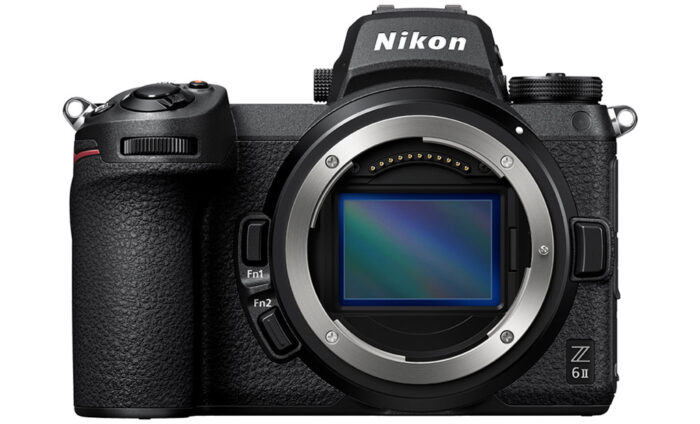
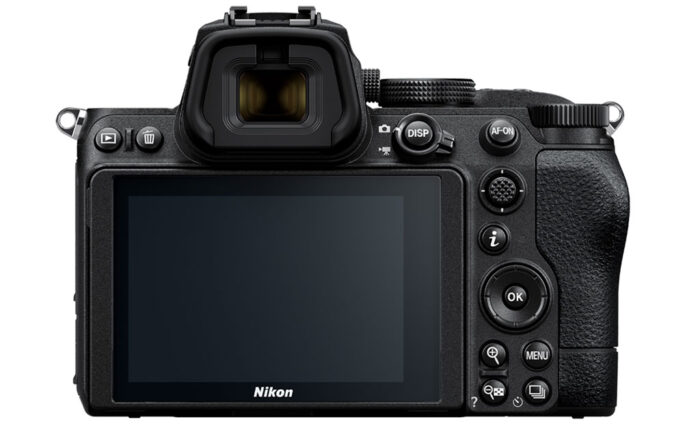
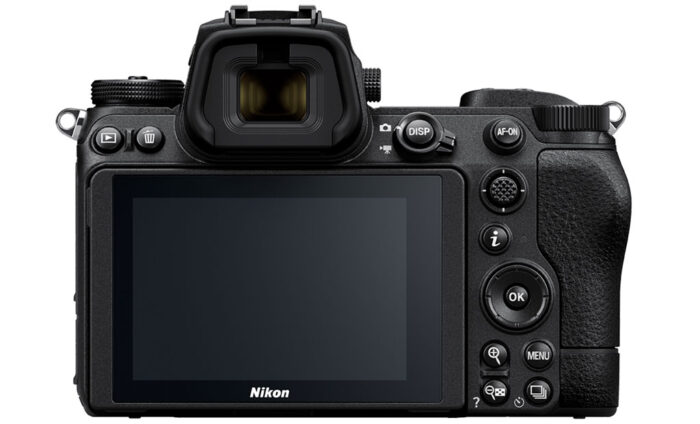
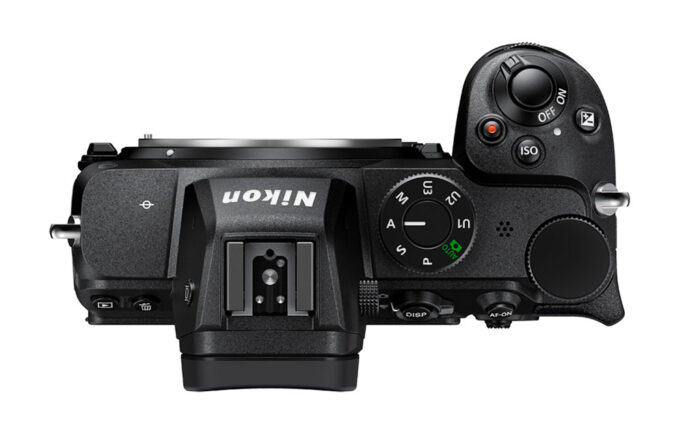
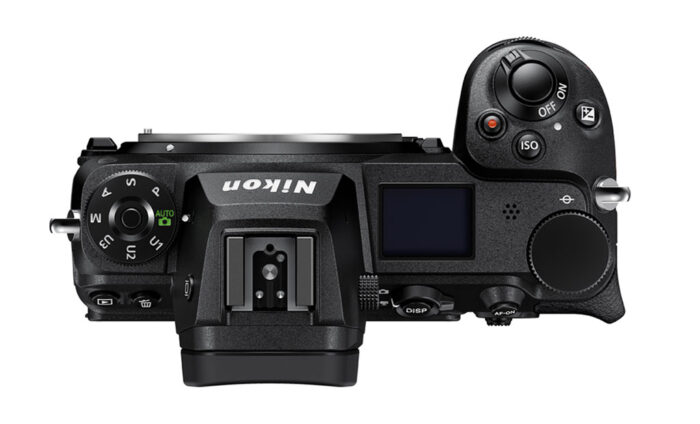
The button layout is the same, including the AF joystick on the rear, so the only difference to be found is the main dial which has moved to the left on top of the Z5, and it lacks the unlock button.
Another difference is the lack of a small monochromatic screen on the top of the Z5. This kind of screen displays various information about the settings used, depending on the shooting mode.
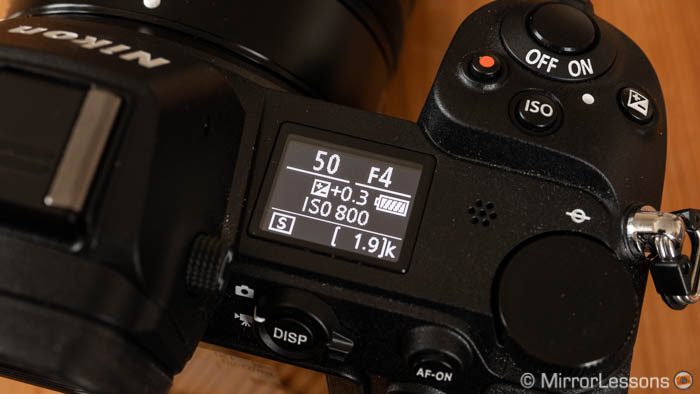
7. LCD screen
On the back of both cameras you’ll find a 3.2-inch LCD monitor. It has touch sensitivity and you can tilt it up and down.
The only difference to talk about is that the Z6 II screen has more resolution: 2.1M dots versus 1.04M dots on the Z5.
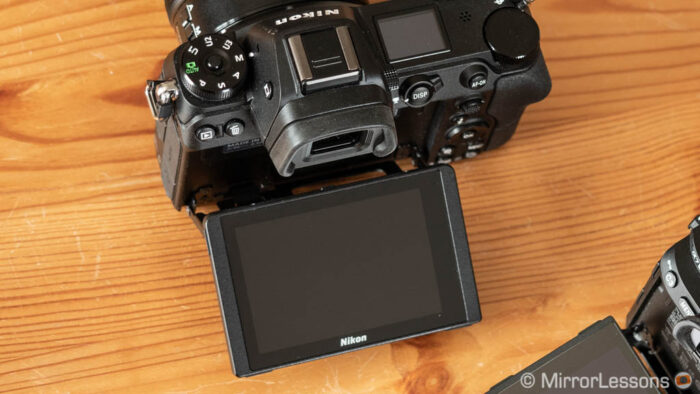
8. Memory cards
Both cameras have two card slots, but they use different types of memory cards.
The Z6 II has one slot for CFexpress/XQD cards, and one slot for UHS-II SD cards. CFexpress and XQD cards have a faster writing and reading speed, they are thicker and also more expensive.
The Z5 has two SD card slots compatible with UHS-II.
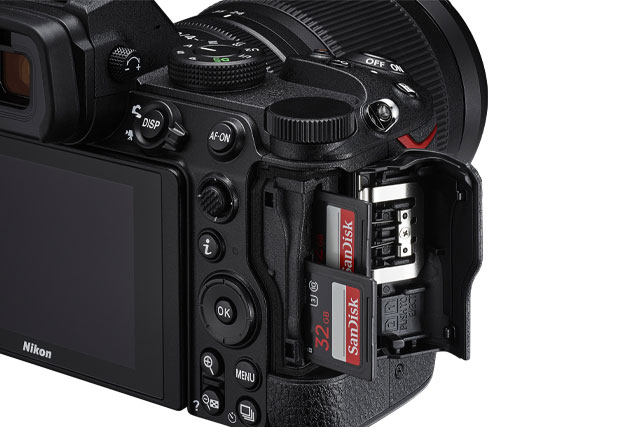
9. Battery life
The Z5 has a rating of 470 frames per charge using the LCD, or 390 frames when using the viewfinder (CIPA).
The Z6 II has a lower score: 410 frames with the LCD or 340 images with the electronic viewfinder.
Both cameras can be charged or powered via USB.
Then we have the optional battery grip, which is available for both. However they use different models. For the Z5, there is the MB-N10 which is poorly designed: it doesn’t have the the shutter button, AF joystick and exposure dials for vertical mode. It’s basically just a battery pack capable of housing two batteries.
The MB-N11, designed specifically for the Z6 II (and Z7 II), has all the features you would expect from such an accessory, and is more user friendly when working in vertical/portrait mode.
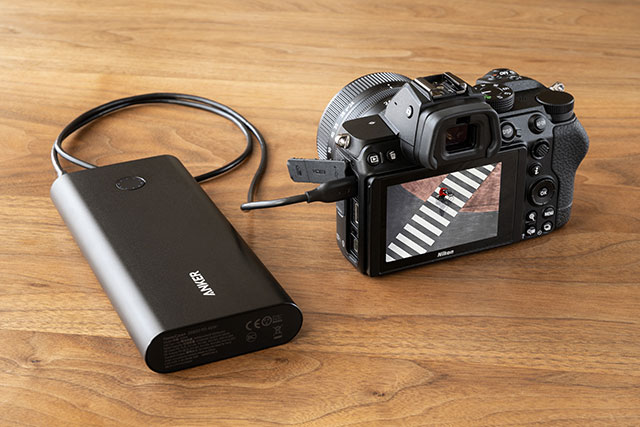
10. Price
The Z5 can be found for $1300 / £1120 / € 1400 (body only).
The Z6 II is more expensive, available at $2000 / £2000 / €2200 for the body only.
Note: prices as of September 2021.
Conclusion
The main differences between these two cameras is the price. The Z5 is $700 less expensive, which means you can save money for a better lens, or just spend less without the feeling of getting an inferior product. This is because it shares many things with the Z6 II including the design, the viewfinder, the megapixels on the sensor, 5-axis image stabilisation and weather sealing. It also has the convenience of using two more affordable memory card types.
The Z6 II has a more recent sensor which can give you something extra in terms of image quality. Its 4K video mode is not handicapped by a massive sensor crop, and the camera benefits for the latest AF software. It also has a much faster continuous shooting speed. Anyone interested in video or sports/wildlife may prefer the Z6 model, otherwise it’s up to you to decide if any of these improvements are worth the extra money or not.
Check price of the Nikon Z5 on
Amazon | Amazon UK | B&H Photo | eBay
Check price of the Nikon Z6 II on
Amazon | Amazon UK | B&H Photo | eBay
More Comparison Previews
Z5 vs Z6 II – Z5 vs Z6
